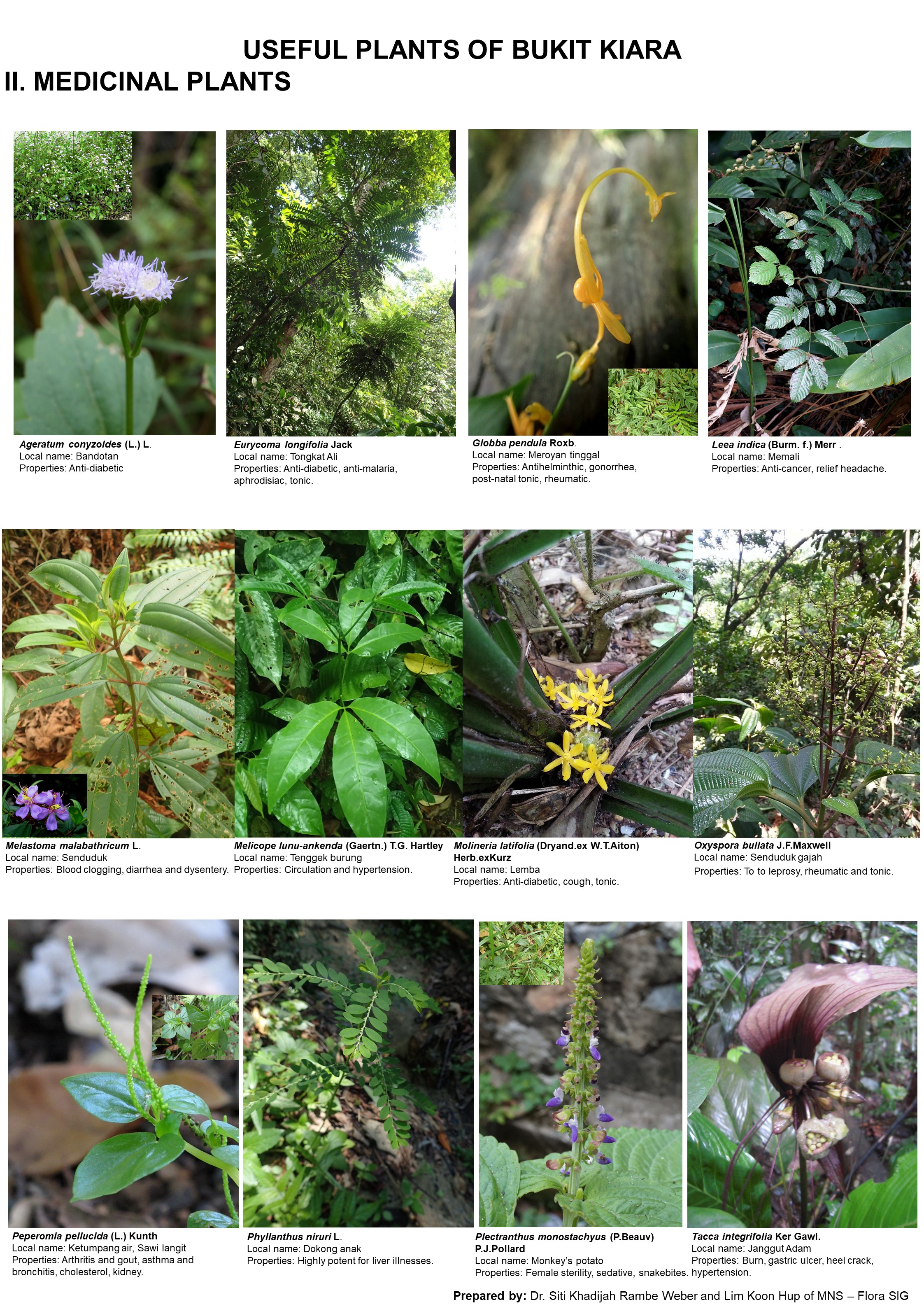VEGETATION SUCCESSION
Numbers of plants escape competition by adapting to specific environmental conditions that are the result of living and non-living factors. Forest disturbances such as a landslides on slopes, a fire or the fall of large trees following a storm are among non-living factors that create transient environments where light is plenty and competition with other plants is low.
Such disturbances benefit to “pioneer species” or first colonizers that grow fast and disseminate profusely. With the closing of the canopy, first colonizers are succeeded by species becoming increasingly resistant to shade. In pristine forests, pioneer species are rare and can bee seen as a specialization to transient ecological niches created by natural disturbances of non-living origin. Pristine forests are dynamic systems where environmental changes in space and time are mainly created by the development of living organisms.
Environmental changes lead to a succession of new specialists that are better adapted and that will in turn contribute to the forest dynamics by modifying the environment for other species. With currently continuous man-made disturbances to natural systems, the so-called pioneer species become common and we have forgotten that they were once rare and adapted only to transient disturbances.


